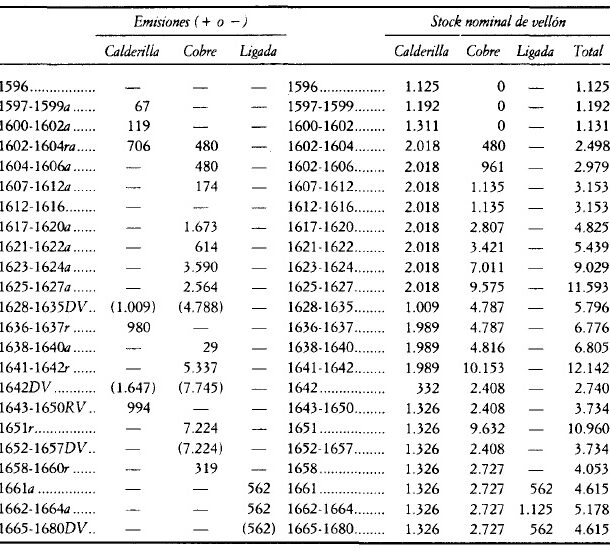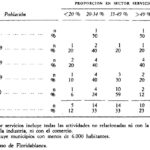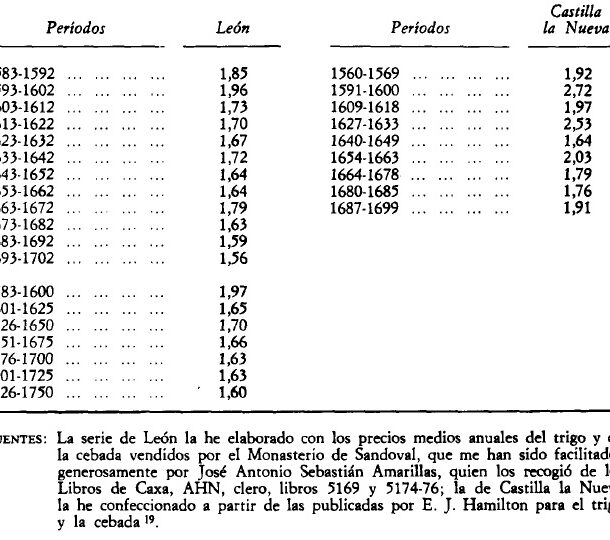
Spain was still a fundamentally rural country in the 18th century, as certain areas of the peninsula were characterised by the existence of agrocities, large towns made up of farmers and day labourers. There was also an urban population which, however, encountered some difficulty. Most towns included a component of the population engaged in agriculture, and although huge levels of agricultural employment were not the general rule, most towns had between a quarter and half of their working population engaged in farm work. This was due to the weak and syncopated process of Spanish industrialisation and its concentration in a few places, especially until 1900. In this sense, the provincial capitals, whatever their size, are considered to have the capacity to attract non-agricultural activities during this period. Although they are only occasionally industrial, it is common for them to show high concentrations of active population in the service sector, since at least during the 18th century, an important part of their population was working for the Church. This type of activity is based on the nature of the pre-industrial city as a centre of attraction for power, as it was the place where the nobles preferred to live, where the Church concentrated its revenues, where the most coveted positions were located as well as the University, and where domestic service could find employment more easily. However, the industrial city would not become the dominant form of economic organisation until well into the 20th century. At least half of Spain’s cities have more than 33% of their working population in the service sector. Of the 12 most important agro-cities, 11 have a tertiary sector that does not reach a third of the active population and account for 80% of the cities whose service sector is less than 20% of the total population. Finally, it should be noted that the service sector is the most important sector in the small provincial capitals, especially in the group with less than 10,000 inhabitants; 61% of these capitals have more than a third of their population employed in services.
Collection: Statistics
Project: 3. Rural world and urban world in the formation of the European identity., 4. Family, daily life and social inequality in Europe.
Chronology: XVIII, XIX, XX
Scope: Secondary Education, Baccalaureate, University
Resource type: Statistics
Format: Table
Source: Reher Sullivan, David–Sven, «Desarrollo urbano y evolución de la población: España 1787–1930», Revista de Historia Económica, Journal of Iberian and Latin American Economic History, 4, 1 (1986), pp. 39–66.
Language: Spanish
Date: 1986
Owner: Álvaro Romero González (Modernalia)
Copyright: © David-Sven Reher Sullivan, © Revista de Historia Económica
Abstract: Proportion of the population engaged in service sector activities in 1787
Image
Tags







